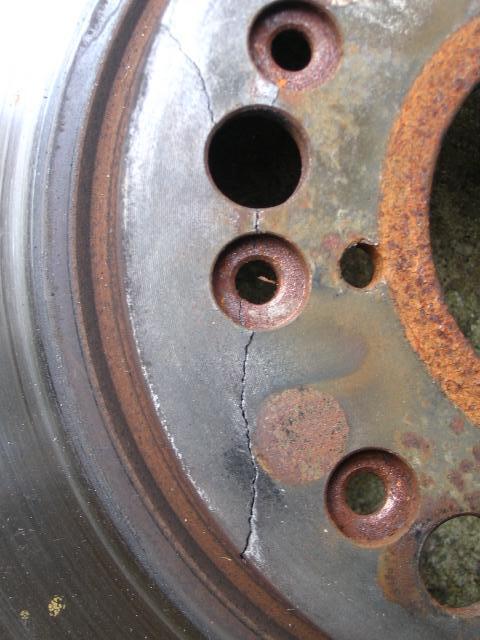I am hoping that someone can shortcut my learning time on dually tires and related issues. My current box truck is the first vehicle I have ever owned with dually tires on it. If I had it to do all over again, I'd avoid dually tires. However, I've got them now and need to deal with them.
First, after buying a brand new set of tires from Big O, I was shocked to learn a couple weeks later that I could not even check my own tire pressure. In case you're not familiar with it, the tire stems on dually tires are often not visible, sometimes hidden behind the rims, or otherwise practically unreachable.
I've gone through several conversations with tire people and others about stem extenders, and nothing sounds right yet. At the moment I have a jury-rigged method of checking the pressure and adding air when needed. A better permanent solution will need to be found at some point.
The problem du jour is that the two side-by-side dually tires on either side are sometimes so close together that the two tires occasionally touch each other, typically near the bottom insides.
Sometimes this was occurring because of low air pressure. I learned how to fix that and now have the tires at the proper pressure. However, the tires still touch occasionally. I've been asked about overloading, but I have a hard time imagining that is my problem because the box is three-quarters empty.
This problem is partly caused by the fact that the current set of tires are a little bigger than what the truck specification called for, but the older tires are not made anymore, and these tires are the right ones now, but slightly wider Load Range E, etc.
Sometimes the tires on one side will touch each other because the truck is leaning in that direction and putting more weight on that set of tires. That case is not a big deal. I'm more concerned with what happens when I'm going down the road.
Again, in case you're not familiar, the problem that I'm trying to avoid is that the two tires touch while going down the road, and friction at some point could cause a blowout in both tires.
That's the background. These are the questions. I've been told that spacers are made that can be put between the two tires on each side so that they stay a little farther apart. What I'd like to know is whether those spacers are a reliable solution, how to get good ones without overpaying, what kind of place installs them, etc?
Thanks for any help jump-starting my search for a solution.
Tom
First, after buying a brand new set of tires from Big O, I was shocked to learn a couple weeks later that I could not even check my own tire pressure. In case you're not familiar with it, the tire stems on dually tires are often not visible, sometimes hidden behind the rims, or otherwise practically unreachable.
I've gone through several conversations with tire people and others about stem extenders, and nothing sounds right yet. At the moment I have a jury-rigged method of checking the pressure and adding air when needed. A better permanent solution will need to be found at some point.
The problem du jour is that the two side-by-side dually tires on either side are sometimes so close together that the two tires occasionally touch each other, typically near the bottom insides.
Sometimes this was occurring because of low air pressure. I learned how to fix that and now have the tires at the proper pressure. However, the tires still touch occasionally. I've been asked about overloading, but I have a hard time imagining that is my problem because the box is three-quarters empty.
This problem is partly caused by the fact that the current set of tires are a little bigger than what the truck specification called for, but the older tires are not made anymore, and these tires are the right ones now, but slightly wider Load Range E, etc.
Sometimes the tires on one side will touch each other because the truck is leaning in that direction and putting more weight on that set of tires. That case is not a big deal. I'm more concerned with what happens when I'm going down the road.
Again, in case you're not familiar, the problem that I'm trying to avoid is that the two tires touch while going down the road, and friction at some point could cause a blowout in both tires.
That's the background. These are the questions. I've been told that spacers are made that can be put between the two tires on each side so that they stay a little farther apart. What I'd like to know is whether those spacers are a reliable solution, how to get good ones without overpaying, what kind of place installs them, etc?
Thanks for any help jump-starting my search for a solution.
Tom







